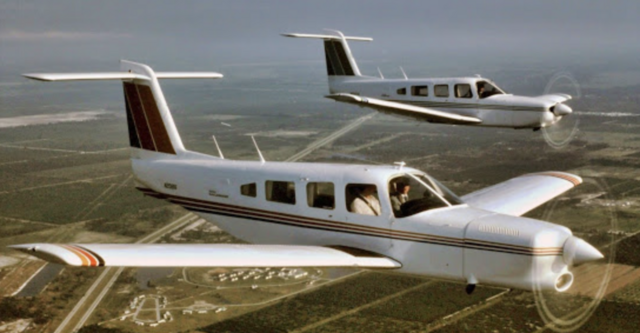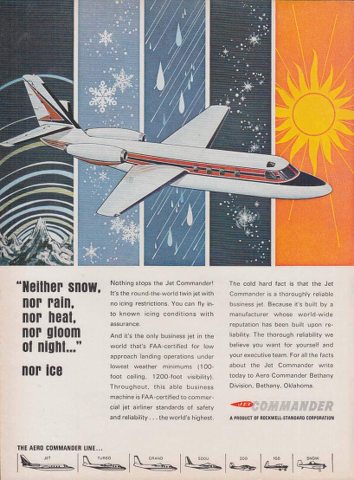I have flown a couple of types with stabilators, including a Cardinal RG. They mostly all handle OK and are just like airplanes with elevators. The PA-28 and 250 Comanche are also just fine. I got my Instrument rating in a Beachcraft A23 Musketeer. At the time, Stabilators were rare. No sweat.
One thing, however. The"Mouse" was prone to what is called "wheelbarrowing." I guess it was caused by a fwd CG with only the front seats occupied. The Stabiliator was powerful and had lots of authority even in the landing flair. The low wing still had lots of lift in ground effect. More so when full flaps were deployed. Pilots after touchdown, would apply some nose down pitch to "pin" the nose wheel on the ground. The powerful Stabilator would lift the mains off the ground. When watching other pilots land and pin the nose wheel, you could see about six or eight inches of daylight under the mains. They usually turned out OK. But if you landed with flaps down and got on the brakes, it would flat spot both tires. The type had manual flaps and could be retracted after touchdown, as fast as a switchblade. Then you got on the brakes. Or you just used a lot of RW. What the heck! you're a taxpayer.
It had a steerable nose wheel like lots of planes. If a pilot landed in a gusty crosswind, pinned the nose wheel, and used rudder to maintain heading, the nose wheel would take charge and run him off the RW. MLG being off the ground, and CG being separated by feet (instead of inches like a tail dragger) from the only wheel still on the ground, it would turn into a classic ground loop around the nose wheel.
FAA issued AC 90-34 in Feb, 1968 dealing with this. It was cancelled couple of years ago. I downloaded it and still have it. Beach turned the smaller 23-19 Sport into an acrobatic airplane and the stabilator was an asset.



